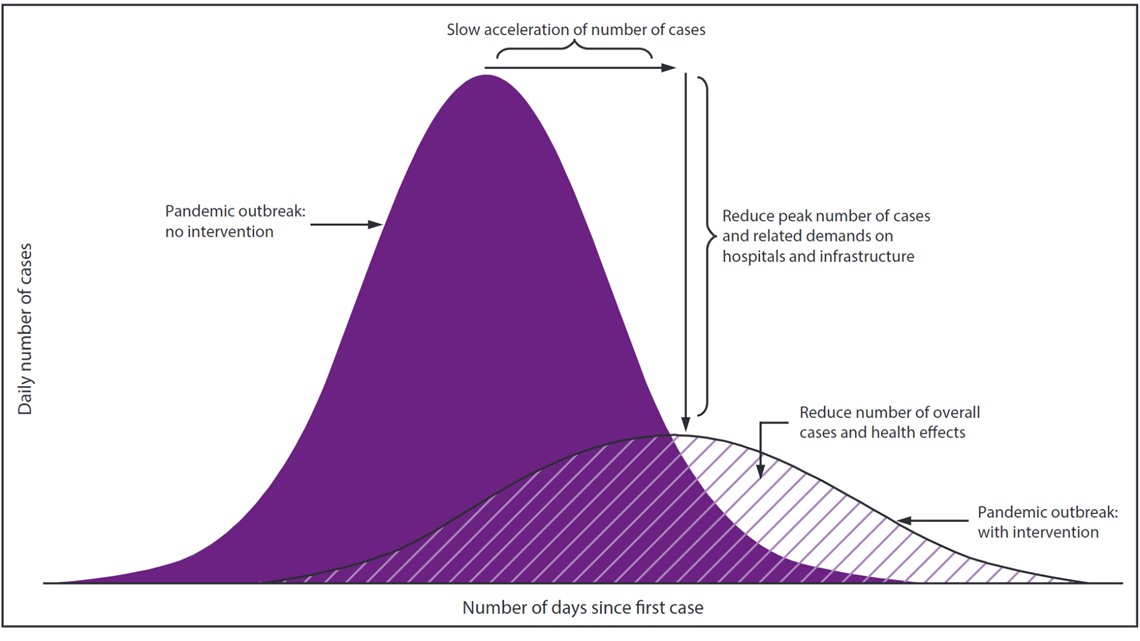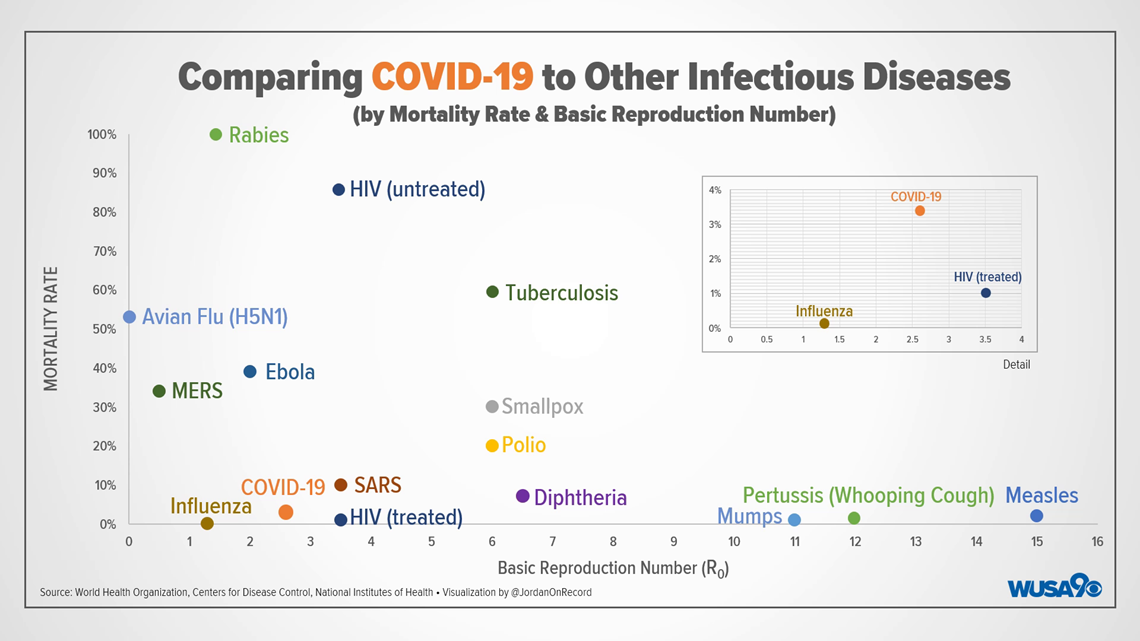LOUISVILLE, Ky. — Festivals, concerts and other major events have either shutdown or postponed. This includes college basketball conference tournaments around the nation and the NCAA March Madness tournament.
Here in Louisville, the annual St. Patrick's Day parade was canceled and some upcoming Kentucky Derby events have been postponed until April 5. School districts (K-12) and colleges across the state have closed and some have moved classes to online.
We should expect the cancellations and school closings to continue.
Why this is considered a good thing: Believe it or not, experts say these events are not being canceled or postponed out of fear. It's a weapon to use against the coronavirus.
Far from being a cause for alarm, all of the closures and cancellations indicate that officials around the country are following evidence-driven methods of stopping a viral outbreak.
On social media, medical experts are spreading the idea using the hashtag #FlattenTheCurve. The curve they're talking about is the number of coronavirus infections over time.
The COVID-19 coronavirus pandemic has the potential to be far worse than H1N1. That's why officials are taking steps now to prevent it.
RELATED: NCAA cancels March Madness, Frozen Four, other championships The large purple area (on graph below) shows how a pandemic like the COVID-19 coronavirus might spread without intervention. It starts with a small number of cases, but quickly snowballs into a huge number that can overwhelm a country’s healthcare system, before finally tapering off. It’s similar to how the seasonal flu propagates in the U.S. In fact, here’s this year’s flu season (data again from the CDC), for comparison:


The graph below shows two curves: one with no social distancing measures being taken, and another much flatter graph that shows the number of infections with the cancellation of events and people keeping their distance from each other.


That means avoiding large events with a lot of people, but also expanding your personal space and staying six feet or more away from other people. Six feet, Foote said, because that's about how far a sneeze travels.
Epidemiologists say keeping the curve down is critical to making sure as many people as possible survive.
COVID-19 compared to other infectious diseases
The CDC estimates the novel strain of H1N1 that caused the 2009 pandemic resulted in roughly 61 million cases and as many as 12,500 deaths in the United States. The 2009 strain of H1N1 was able to reach pandemic levels while being more or less equally as infectious as the seasonal flu.
By comparison, COVID-19 has a basic reproduction number (also called an R0) – the number epidemiologists use to describe how easily a disease transfers from person to person – anywhere from 2-3x higher than the seasonal flu, and could have a mortality rate as much as 10x higher, according to congressional testimony from Dr. Anthony Fauci, the head of infectious diseases at the National Institutes of Health.


All of that is why health officials are taking the COVID-19 pandemic so seriously. Without taking efforts to flatten the curve, a coronavirus pandemic on the scale of H1N1 – or even just at seasonal flu numbers in the U.S. – would be devastating.
As of the latest CDC weekly flu report, an estimated 34 million Americans had contracted the seasonal flu this year. Those 34 million cases have resulted in 20,000 deaths. At the current estimates of its mortality rate – about 1%, according to Dr. Fauci’s testimony to Congress – 34 million cases of COVID-19 could cause as many as 3.4 million deaths.


- Facts Not Fear | What you need to know about the COVID-19 outbreak
- Despite Beshear's COVID-19 recommendation, some churches will still hold weekend services
- How Kentucky colleges and universities are handling COVID-19 concerns
- JCPS closes schools March 16 through April 5
- Humana employee in Louisville has tested positive for COVID-19
- Louisville Catholic Schools close through April 3
- Clarksville Community Schools closes, moves to eLearning
- Here are the common symptoms of coronavirus
- Beshear recommends public, private schools cancel classes for next
Download the WHAS11 News app now for the latest information and updates.

